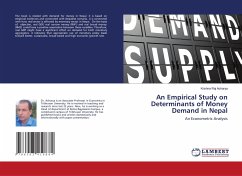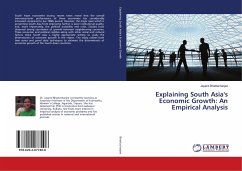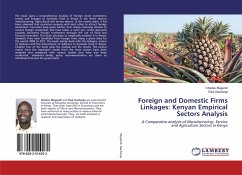Capital structure theory is one of the most bewildering issues in the corporate finance literature. Capital structure theories suggest various factors that affect firm to maintain a target capital structure in order to maximize firm value, by minimizing the costs of prevailing market imperfections. Subsequent to the departures from Modigliani and Miller (1958) s irrelevance proposition, there is a long tradition in corporate finance to investigate the capital structure determinants of firms. Most capital structure studies based on these theories to date uses data from economies that have developed financial markets or approaching higher stages of transition, i.e. China and India. Less developed market and particular specific industry is rare in literacy sphere. This book analyzes the explanatory power of some predominant theories that have been proposed in the literature to explain determinants of capital structures across firms. In particular, this study investigates the capitalstructure determinants of Pakistani firms based on a panel data set from 2001 to 2005.
Bitte wählen Sie Ihr Anliegen aus.
Rechnungen
Retourenschein anfordern
Bestellstatus
Storno








